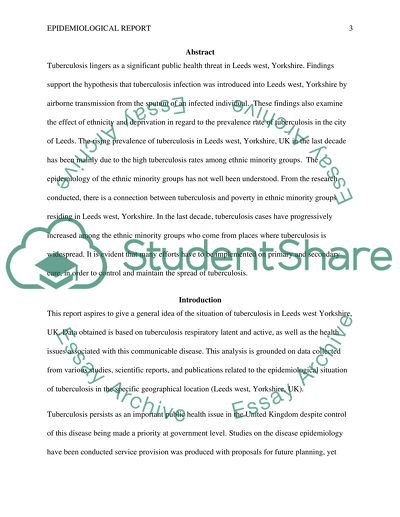Cite this document
(“Epidemiological report- tuberculosis in Leeds uk and it associated Essay”, n.d.)
Epidemiological report- tuberculosis in Leeds uk and it associated Essay. Retrieved from https://studentshare.org/health-sciences-medicine/1494801-epidemiological-report-tuberculosis-in-leeds-uk
Epidemiological report- tuberculosis in Leeds uk and it associated Essay. Retrieved from https://studentshare.org/health-sciences-medicine/1494801-epidemiological-report-tuberculosis-in-leeds-uk
(Epidemiological Report- Tuberculosis in Leeds Uk and It Associated Essay)
Epidemiological Report- Tuberculosis in Leeds Uk and It Associated Essay. https://studentshare.org/health-sciences-medicine/1494801-epidemiological-report-tuberculosis-in-leeds-uk.
Epidemiological Report- Tuberculosis in Leeds Uk and It Associated Essay. https://studentshare.org/health-sciences-medicine/1494801-epidemiological-report-tuberculosis-in-leeds-uk.
“Epidemiological Report- Tuberculosis in Leeds Uk and It Associated Essay”, n.d. https://studentshare.org/health-sciences-medicine/1494801-epidemiological-report-tuberculosis-in-leeds-uk.


